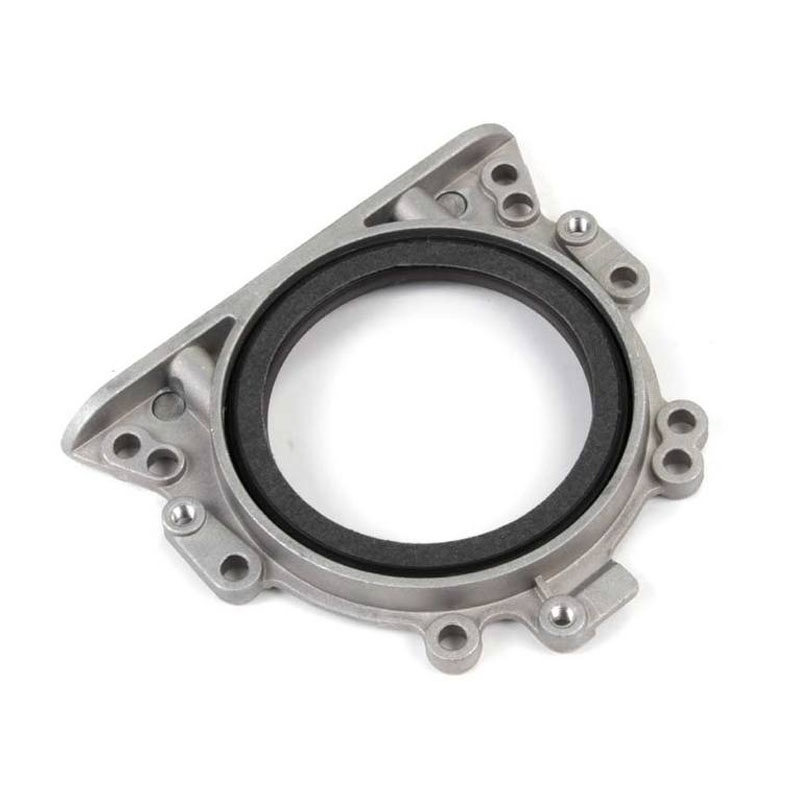Replacement Process for Transfer Case Drive Shaft Seal in Automotive Maintenance
Understanding Transfer Case Drive Shaft Seals
The transfer case is an integral component in four-wheel drive (4WD) and all-wheel drive (AWD) vehicles, responsible for directing power from the transmission to the front and rear drive shafts. One crucial element of the transfer case is the drive shaft seal, which plays a pivotal role in ensuring the efficiency and longevity of the vehicle's drivetrain. This article delves into the function of transfer case drive shaft seals, common issues, signs of failure, and their importance in vehicle maintenance.
Function of Drive Shaft Seals
Drive shaft seals are designed to prevent the leakage of fluid from the transfer case. The transfer case houses various lubricants that are essential for reducing friction and wear between moving components. These seals are typically made from durable materials such as rubber or synthetic compounds that can withstand high temperatures and resist wear over time. By creating a reliable barrier, the seals ensure that the fluid remains contained, allowing the transfer case to function optimally.
In addition to retaining fluids, drive shaft seals also keep contaminants such as dirt, debris, and moisture from entering the transfer case. This contamination can lead to significant damage to internal components, ultimately compromising the vehicle's performance and reliability.
Common Issues
Like any automotive component, drive shaft seals can wear out or become damaged due to various factors. One of the leading causes of seal failure is exposure to extreme temperatures and harsh conditions. Over time, the rubber or synthetic materials can deteriorate, leading to cracks or tears that compromise their sealing capabilities.
Another common issue is improper installation. If a seal is not installed correctly, it may not fit securely, allowing for fluid leakage. Additionally, worn U-joints or bearings can create excess vibrations, further stressing the seals and leading to premature failure.
Signs of Drive Shaft Seal Failure
transfer case drive shaft seal

Identifying the early signs of drive shaft seal failure can prevent extensive damage to the transfer case and associated components. Some common symptoms include
1. Fluid Leaks One of the most noticeable signs of a failing seal is the presence of fluid leaking from the transfer case. This can become apparent as a puddle under the vehicle or as fluid on the drive shaft.
2. Unusual Noises If the transfer case is not adequately lubricated due to fluid loss, it may produce unusual sounds, such as grinding or clattering when the vehicle is in motion.
3. Difficulty Engaging 4WD A failing drive shaft seal can hinder the proper operation of the 4WD system, making it difficult to engage or disengage.
4. Vibration Excessive vibrations during driving can indicate worn bearings or U-joints, which may adversely affect the seals.
Importance of Maintenance
Regular maintenance of the transfer case and its components is essential for the overall health of a vehicle. Inspecting the drive shaft seals during routine service can help catch potential issues early before they escalate into significant problems. This includes checking for signs of fluid leakage and ensuring that the seals are in good condition.
If leakage is detected, replacing the affected seals promptly can save vehicle owners from the hefty costs associated with more extensive repairs. Additionally, ensuring that the transfer case fluid is at the appropriate level and condition is crucial for preventing overheating and wear.
In conclusion, transfer case drive shaft seals are vital components that maintain the efficiency and performance of 4WD and AWD vehicles. Being aware of their function, potential issues, and signs of failure can empower vehicle owners to take proactive measures in vehicle maintenance, ensuring that their vehicles operate smoothly and reliably for years to come.
-
The Ultimate Guide to Car Repair Kits: Tools and Essentials Every Driver Should Own
News Aug.01,2025
-
The Complete Guide to Oil Pan Gaskets: Sealing Engine Leaks the Right Way
News Aug.01,2025
-
Preventing Oil Leaks: A Complete Guide to Oil Pan Gaskets and Drain Seals
News Aug.01,2025
-
Everything You Need to Know About Oil Pan Gaskets and Drain Plug Seals
News Aug.01,2025
-
Essential for Car Owners: How to Use a Car Repair Kit to Deal with Minor Breakdown
News Aug.01,2025
-
Comprehensive Guide to Engine Oil Sump Gaskets and Related Seals
News Aug.01,2025
-
The Ultimate Guide to Boat Propeller Bearings and Trailer Wheel Bearings
News Jul.31,2025
Products categories















